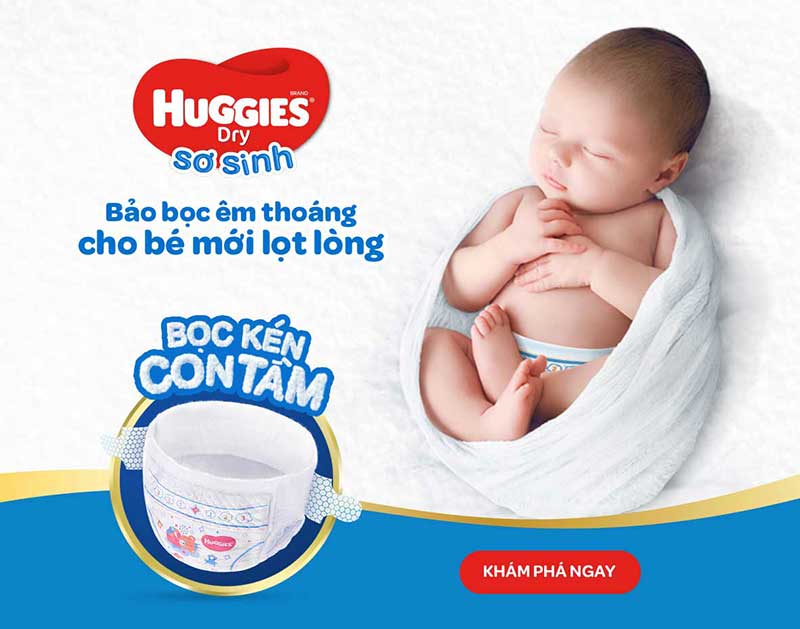Here you'll learn how to master the delicate art of diaper changing. When diapering is not a chore, you'll find that both you and your baby can enjoy the time you spend together in this daily routine. Over the years, we've learned plenty about diapering babies — and have gathered some of the best suggestions right here.
Keep all diapering essentials at hand
Most parents agree that a well-planned changing area makes diapering quicker and easier. Keep essential supplies close at hand (yet out of baby's reach) on nearby shelves. Essential supplies include: diapers, baby wipes, baby lotion (cream or oil), cotton, petroleum jelly, diaper rash cream and diaper rash liquid powder.
If a baby is preoccupied then he/she won't wiggle and squirm, give baby something to look at while being changed — such as an unbreakable mirror or a colorful picture. Later, when baby is able to grasp objects, keep favourite toys close at hand.
Diapering in 1-2-3
Step 1
Gently lay your baby down on a flat, firm surface. Unfasten the soiled diaper and hold both your baby's legs up by grasping both ankles with one hand. Remove the soiled diaper and thoroughly cleanse baby's bottom in and around all the creases with HUGGIES® Baby Wipes, and be sure to wipe baby's bottom from front to back.
Step 2
Now apply any jelly, cream or powder you're going to use. If you use baby powder or cornstarch, shake it carefully into your hand first and then pat it on your baby. That way baby won't breathe in a cloud of powder. Or, use liquid powders that don't have airborne particles.
Step 3
Next, slide a clean diaper under your baby so that the fasteners are in the back. Pull the diaper up between baby's legs, making sure it's on straight, so it will wrap evenly around baby's hips. Then open the tabs, place them over the front of the diaper, and press them down firmly in place. For a snug fit, fasten the side closest to you first. Then roll your baby toward you to tighten and fasten the other side. Try to keep the overlap of front and back as neat as possible so the diaper will hug baby's waist comfortably.
If you want to tighten or adjust the diaper, simply lift the fasteners and reposition them anyplace on the special tab "landing zone," which is often marked by colorful characters near the top of the waistband. The fasteners on HUGGIES® diapers can be opened and fastened again as often as necessary.
Special safety note: Be aware that even a tiny newborn infant can roll off a changing table. So either use a changing table with a strap or keep one hand on your baby at all times.
Must know about code brown
Most new babies have between one and 10 bowel movements daily, and their stools are usually quite loose. It may be weeks, or even months, before your baby has well-formed, pasty stools. If you are breast-feeding, your newborn may have a bowel movement at every nursing, and the stools will probably be much looser than those of a bottle-fed baby. Some babies may not have a bowel movement for up to three days at times — this is not abnormal. But if your baby has trouble pushing the stool out or goes longer than three days without a bowel movement, call your doctor right away.
You should also be aware that breast-fed babies usually have stools of a yellowish-greenish color and those of bottle-fed babies tend to look darker. If you notice an increase in the number of your baby's bowel movements, or if you notice a change in color or odor, your baby may have a case of diarrhea and you should consult your doctor at once.
And, because newborns have loose and frequent stools, you'll want to make sure your new baby wears diapers with elastic at the legs and waist. They'll give a secure fit to help stop leaking.
Diaper rashes – causes, prevention and care
Diaper rashes happens even with the most expert and careful diaper changes. Despite its name, diaper rash isn't really caused by diapers. It is caused by bacteria that react with urine in a baby's wet diaper to form ammonia. It's the ammonia that irritates the skin, causing small, red pimples or patches of rough, red skin.
Doctors say that keeping a baby dry is the best way to prevent diaper rash. So check diapers often and change them as soon as they show the slightest trace of wetness. Highly breathable diapers like HUGGIES® can also help keep baby's skin dry. Of course, if your baby has a mild case of diaper rash, be extra careful to change diapers frequently. Your doctor will probably also recommend that you apply a thin layer of protective ointment or petroleum jelly to the affected area.
Also, many mothers report that leaving diapers off a baby for at least 15 minutes daily often helps to clear up a case of diaper rash. Of course, if a rash doesn't heal in a couple of days, consult your doctor.
The diaper bag – What to pack?
The diaper bag is the essential piece of luggage whenever you travel with your baby. You can buy a diaper bag made just for that purpose, or easily improvise one out of almost any roomy canvas or nylon tote.
Be prepared for anything with the following diaper bag essentials: a HUGGIES® Baby Wipes Travel Pack, a supply of HUGGIES® Diapers, plastic bags with twist ties for easy disposal, whatever cream, jelly, or protective ointment you use, and, in a separate pocket of the bag, any bottles needed for meals on the go. Don't forget a small toy or rattle to distract your squirming baby while you diaper. And HUGGIES® Disposable Changing Pads are perfect for changes on the go. They protect your baby from unsanitary surfaces in public restrooms and safeguard floors, rugs and furniture in homes you visit.












